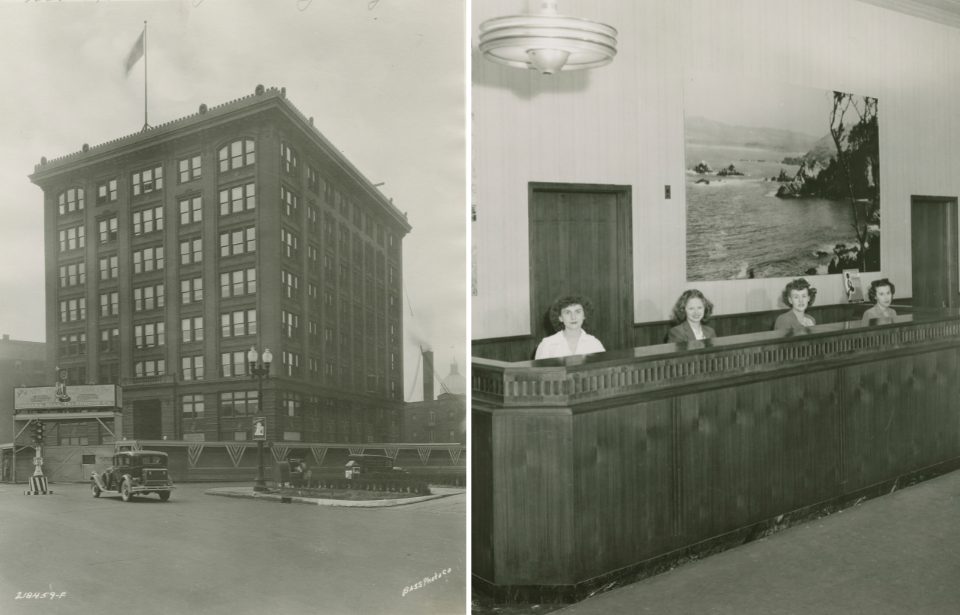What do you do if your headquarters building isn’t quite the right size for your expanding business?
The most popular solution would be to relocate to another office or knock down the old premises and build a headquarters.
But in the 1930s, the owners of the Indiana Bell Building decided that they’d take a more creative approach to the problem. They rotated the building 90° and moved it to a new location, enabling them to build on the recently vacated plot.
What makes this even more of an architectural achievement is that the people inside the building continued to work while the move was going on, and no essential services to the city were interrupted. There’s a timelapse video of the process below.
The takeover and expansion
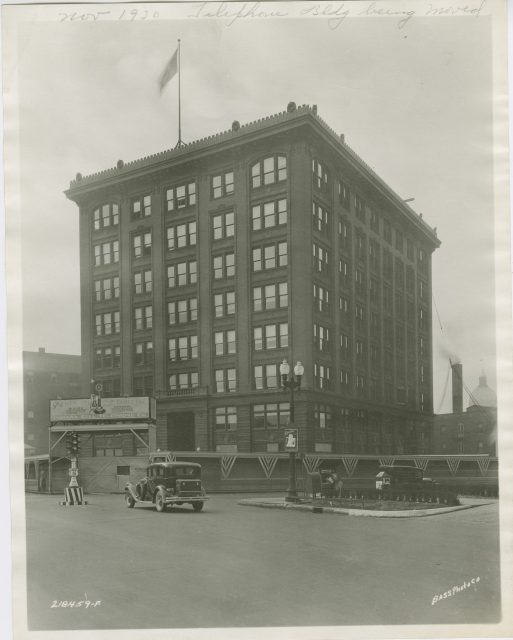
In the early 1900s, the Central Union Telephone Company decided to build its headquarters in Indianapolis, Indiana. The spot they chose was on the corner of Meridian and New York Streets.
By 1907, they had erected an eight-story, 11,000-ton building made of steel and bricks.
Central Union was bought by Indiana Bell in 1929, but the new owners found the headquarters too small. They wanted a bigger and better building.
However, the site where they wanted the larger structure was the same site on which the existing building stood. The idea of simply knocking the structure down and building a new headquarters was debated, but the company was providing essential services to the city that couldn’t be interrupted.
A novel solution
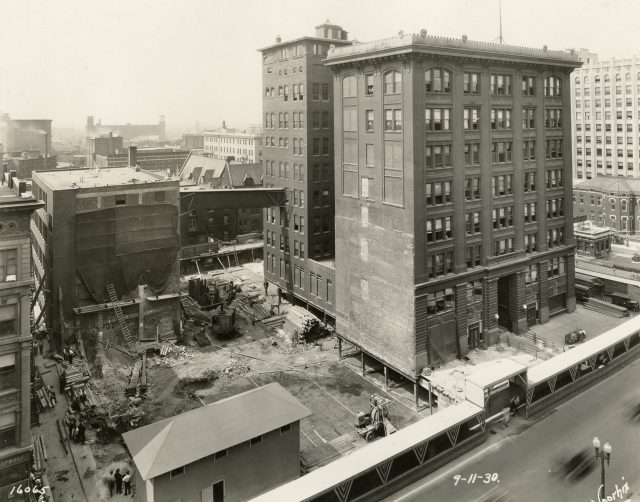
Kurt Vonnegut Sr. (father to the American writer Kurt Vonnegut) was the architect for the project. Faced with this problem, he suggested that instead of demolishing the current building, they should move it to the back of the plot so it would stand on 13 West New York Street. This would leave plenty of room to erect a brand-new structure.
The project began on October 12, 1930, and lasted around four weeks, ending on November 14, 1930.
Over the course of about 33 days, the eight-story building was moved 16 meters (52 feet) south, rotated 90°, then moved another 30 meters (100 feet) west.
The employees kept working
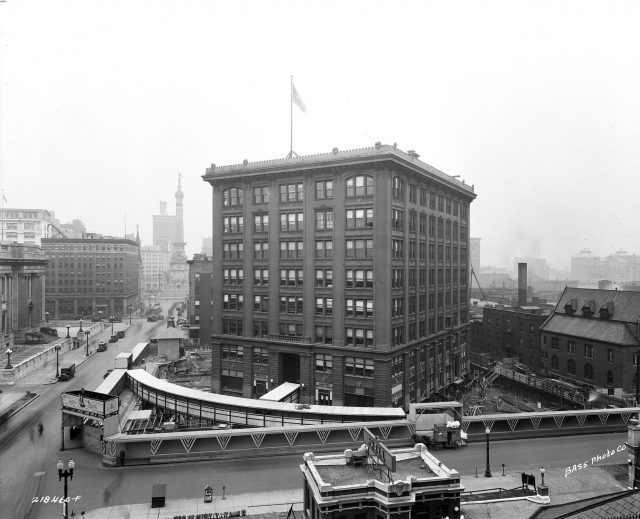
While this architectural feat is amazing, what is even more impressive is that the 600 employees within the building kept working throughout the move. This meant that the city of Indianapolis suffered no break in telephone services.
To ensure that the building could continue to operate, it was necessary for all the pipes and cables connected to the building to be made flexible and lengthened to cope with the transition. Work was carried out on telephone cables, electric cables, gas pipes, and sewer and water pipes.
A moveable and covered wooden sidewalk (pictured above) ensured that both employees and the public could access the building at all times during the move.
All done by hand
It’s tempting to think that such a mammoth undertaking would have required numerous sophisticated machines, but that wasn’t the case.
In fact, the process was carried out mainly using hand-operated hydraulic jacks with the assistance of a steam engine. Pumping the jacks six times would move the building 3/8th of an inch. On average, the building moved at a rate of 15 inches every hour.
An article on the Indy Star website describes the process in more detail: “Workmen used a concrete mat cushioned by Oregon fir timbers 75-ton, hydraulic jacks and rollers, as the mass moved off one roller workers placed another ahead of it.”
According to a newspaper cutting from The Indianapolis News from November 13, 1930, it took only eight men to move the building!
Bigger and better
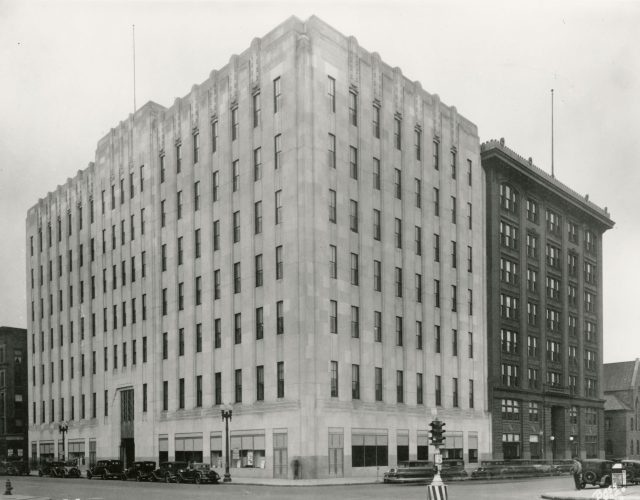
The Indianapolis News article also reports that, when the building was finally in its new position, the structure stood “only one-sixty-fourth of an inch from the position which contractors had calculated to move it,” showing just what an exercise in precision the entire move was.
Now that the old structure had been moved, work could begin on constructing a new building (seen above).
The original building was called the Indiana Bell Building, but the new headquarters became known as the AT&T Building.
More from us: After the Fire: Historic Buildings Gloriously Rebuilt After Devastating Fires
Work on the new headquarters was completed in 1932, and the final structure measured seven stories. The 1940s and 1960s saw the AT&T Building being expanded again. Unfortunately, upgrades to the new building meant the old one had to make way.
Having stayed in its new spot for 33 years, the old Indiana Bell Building was demolished in 1963.
